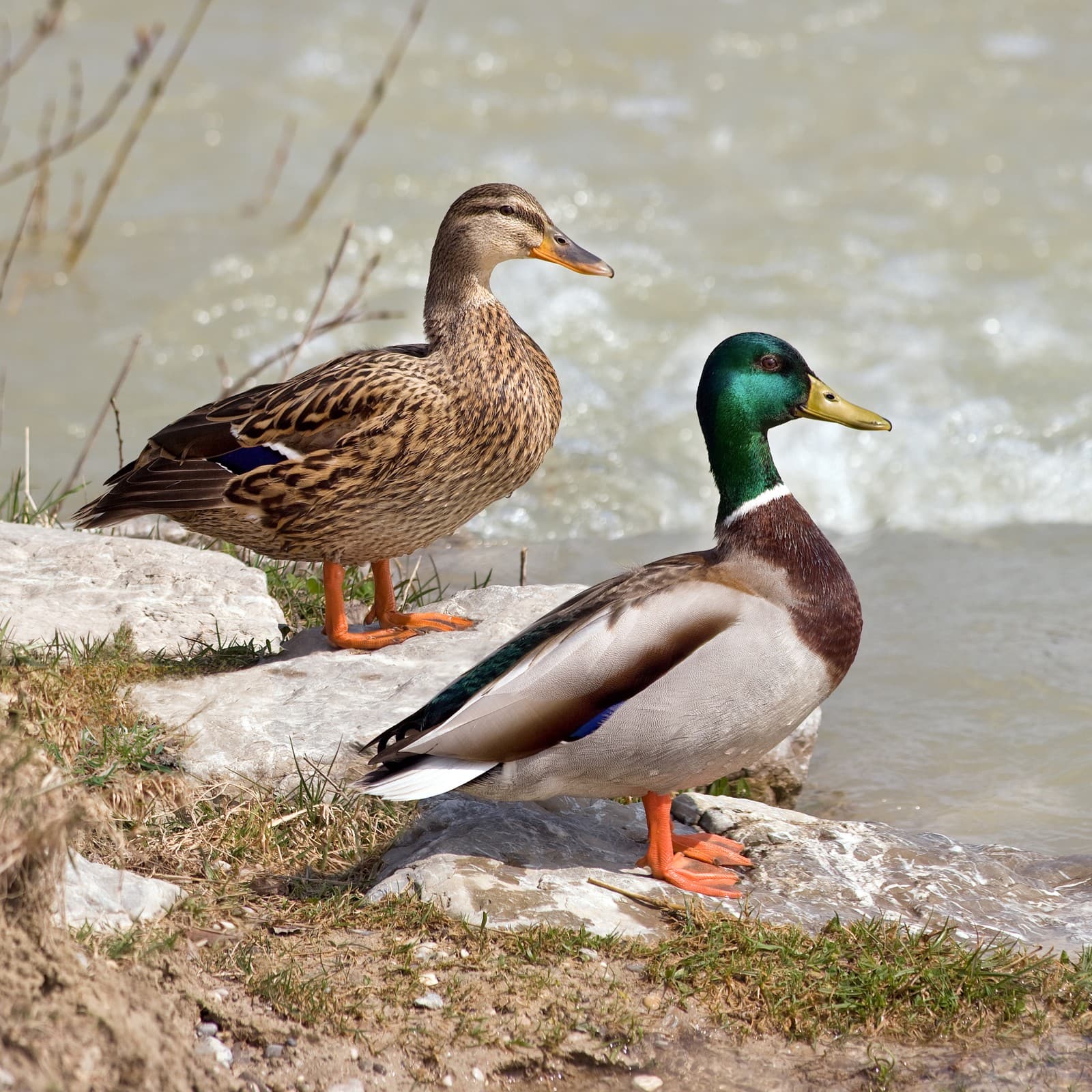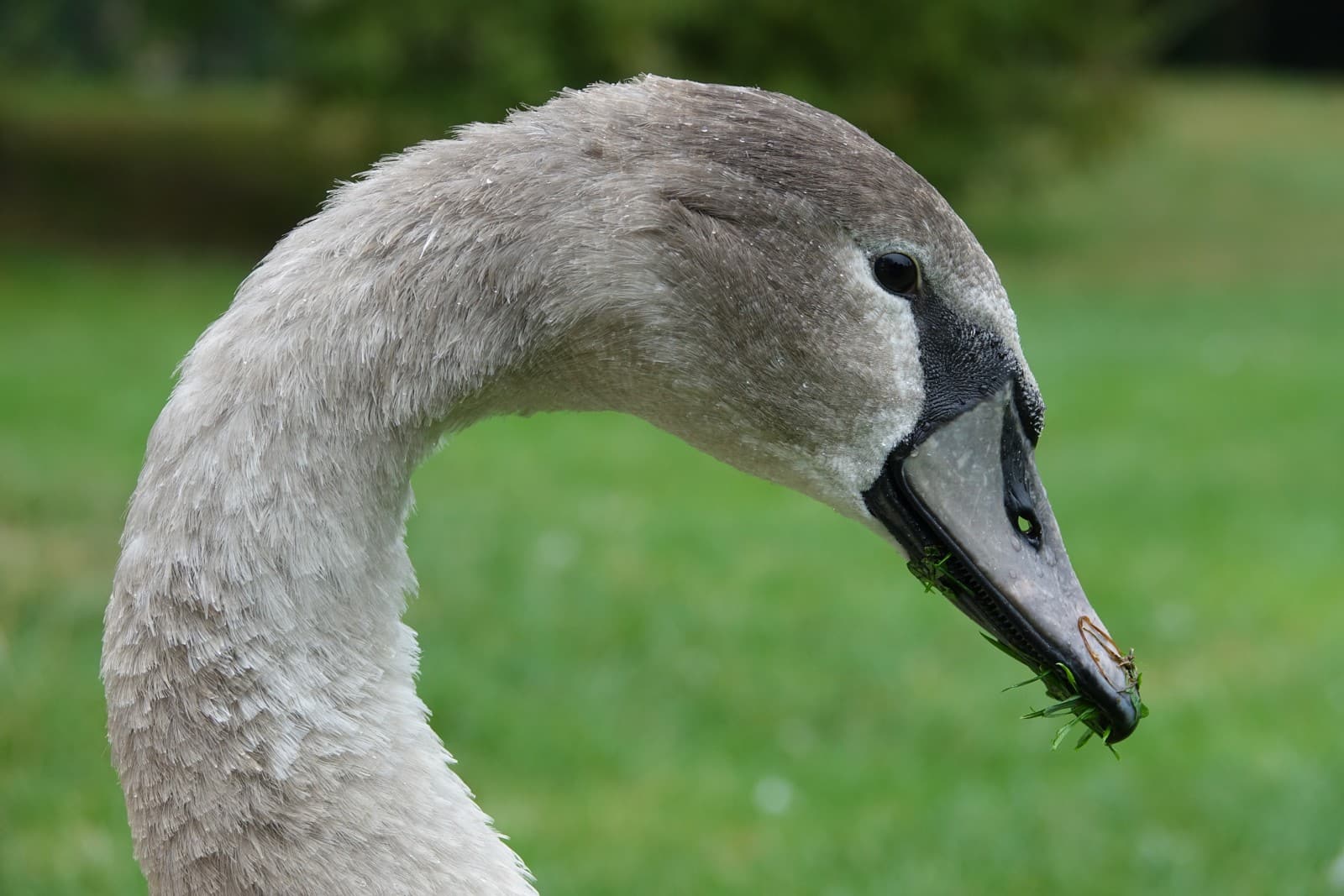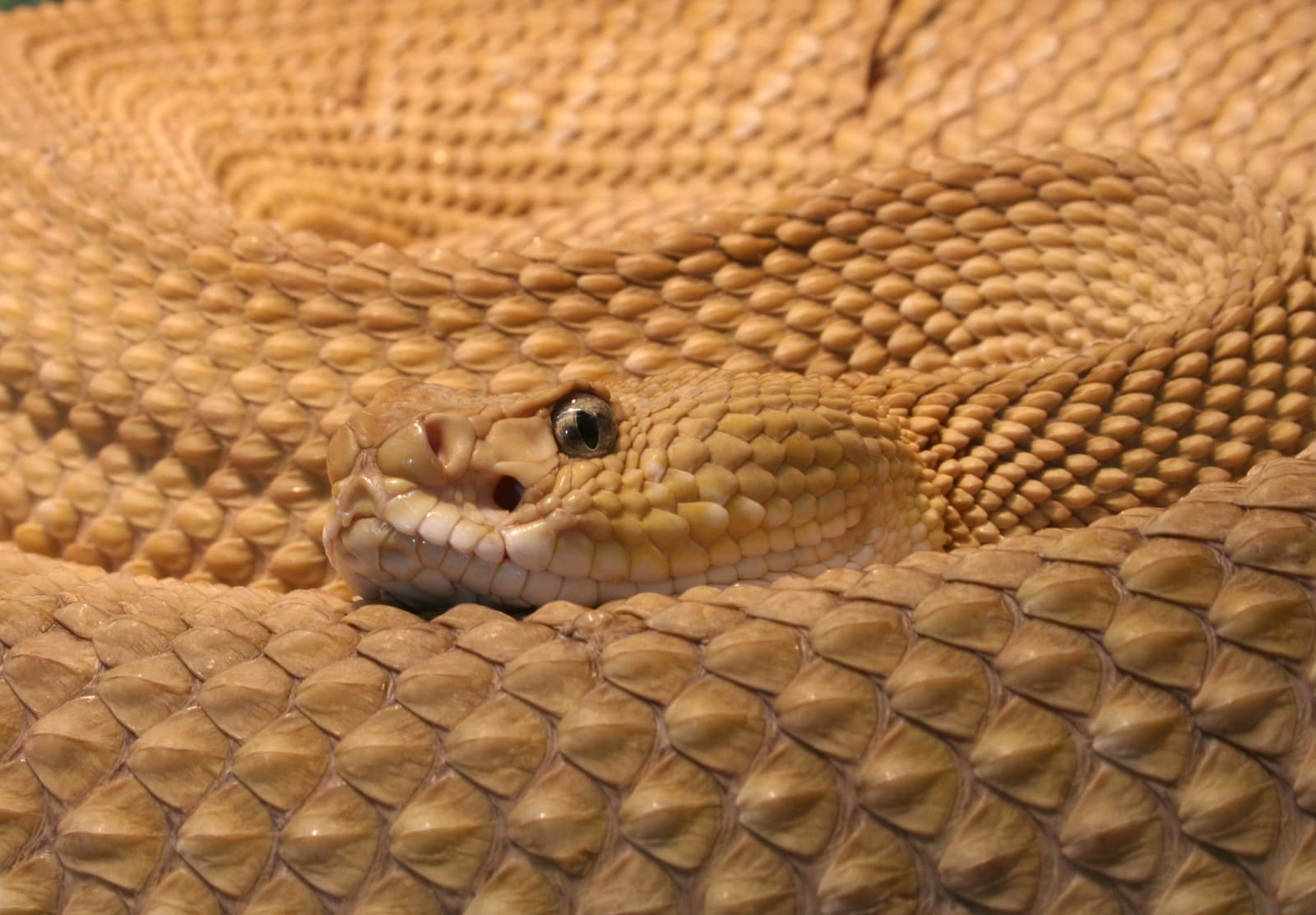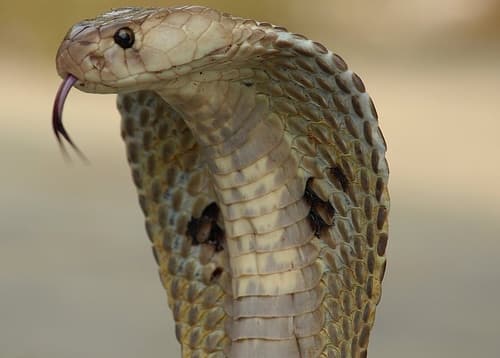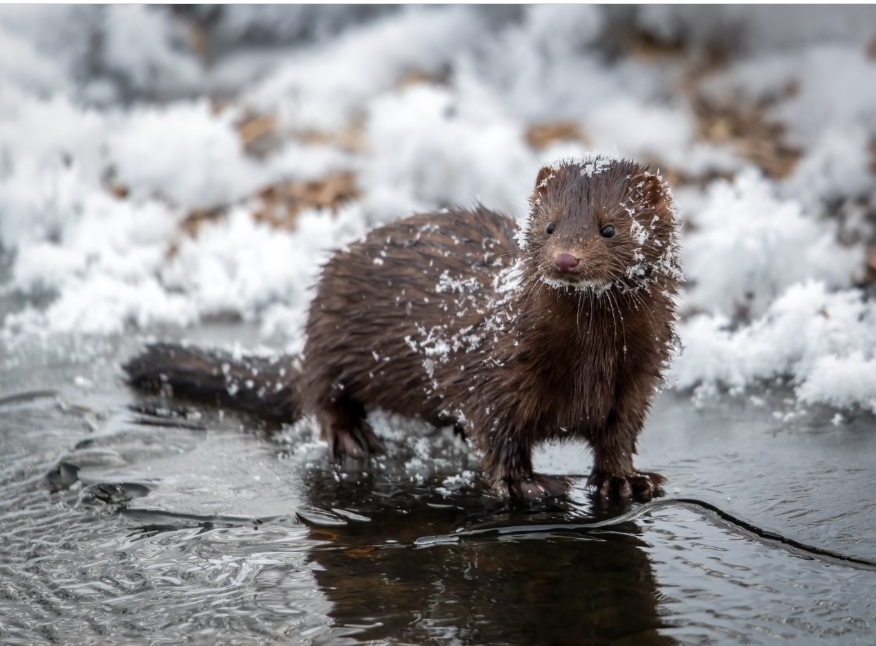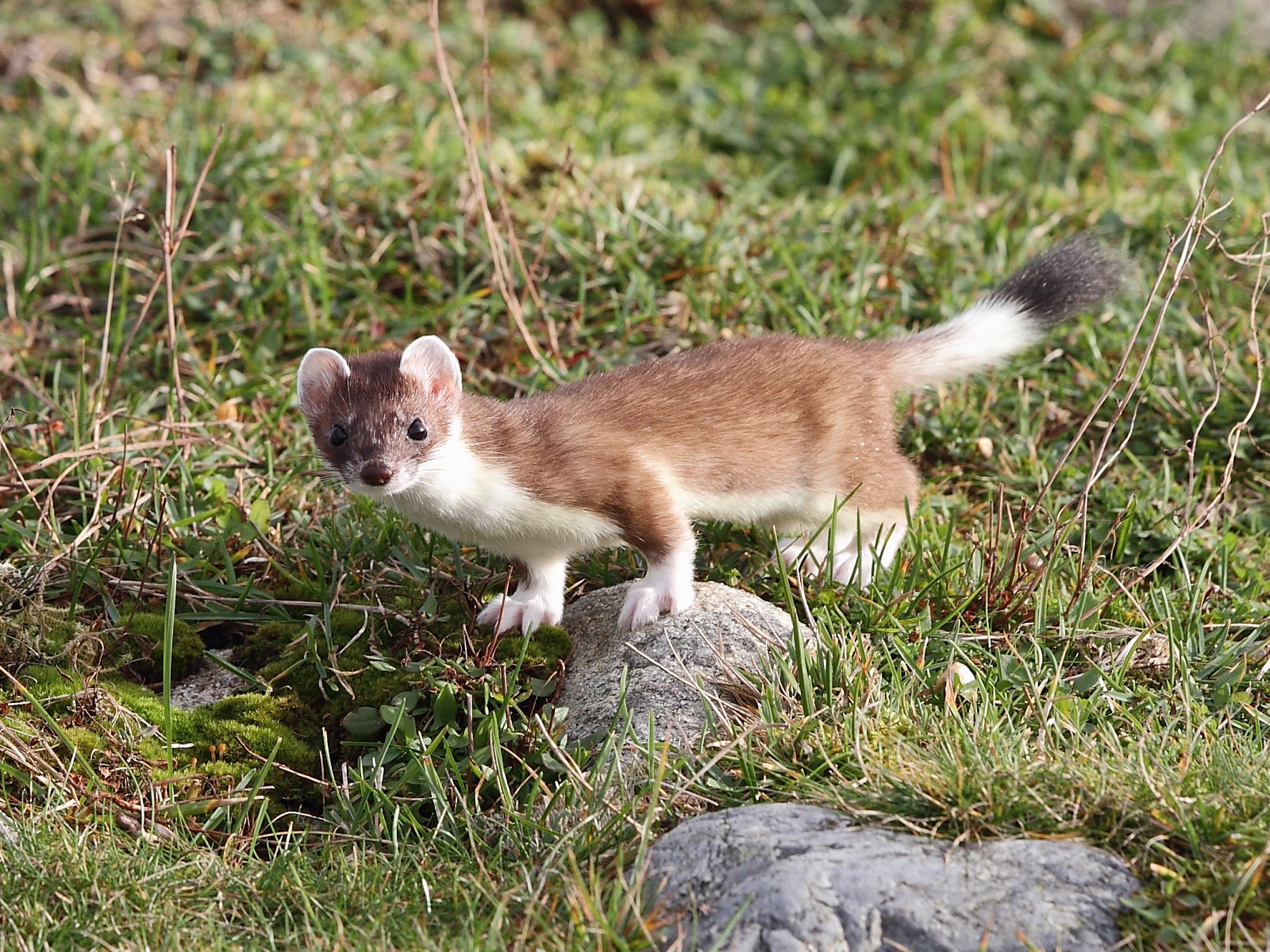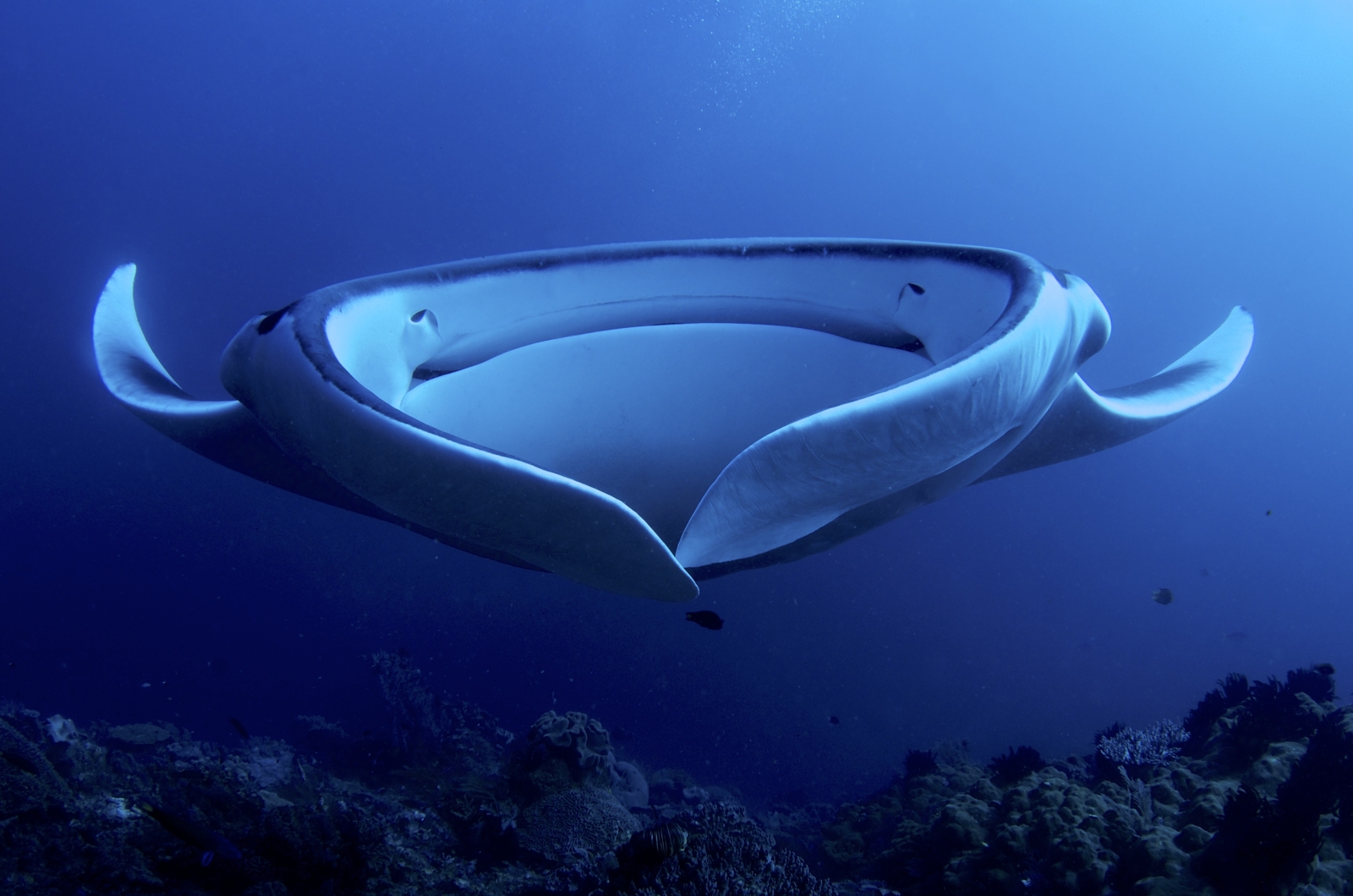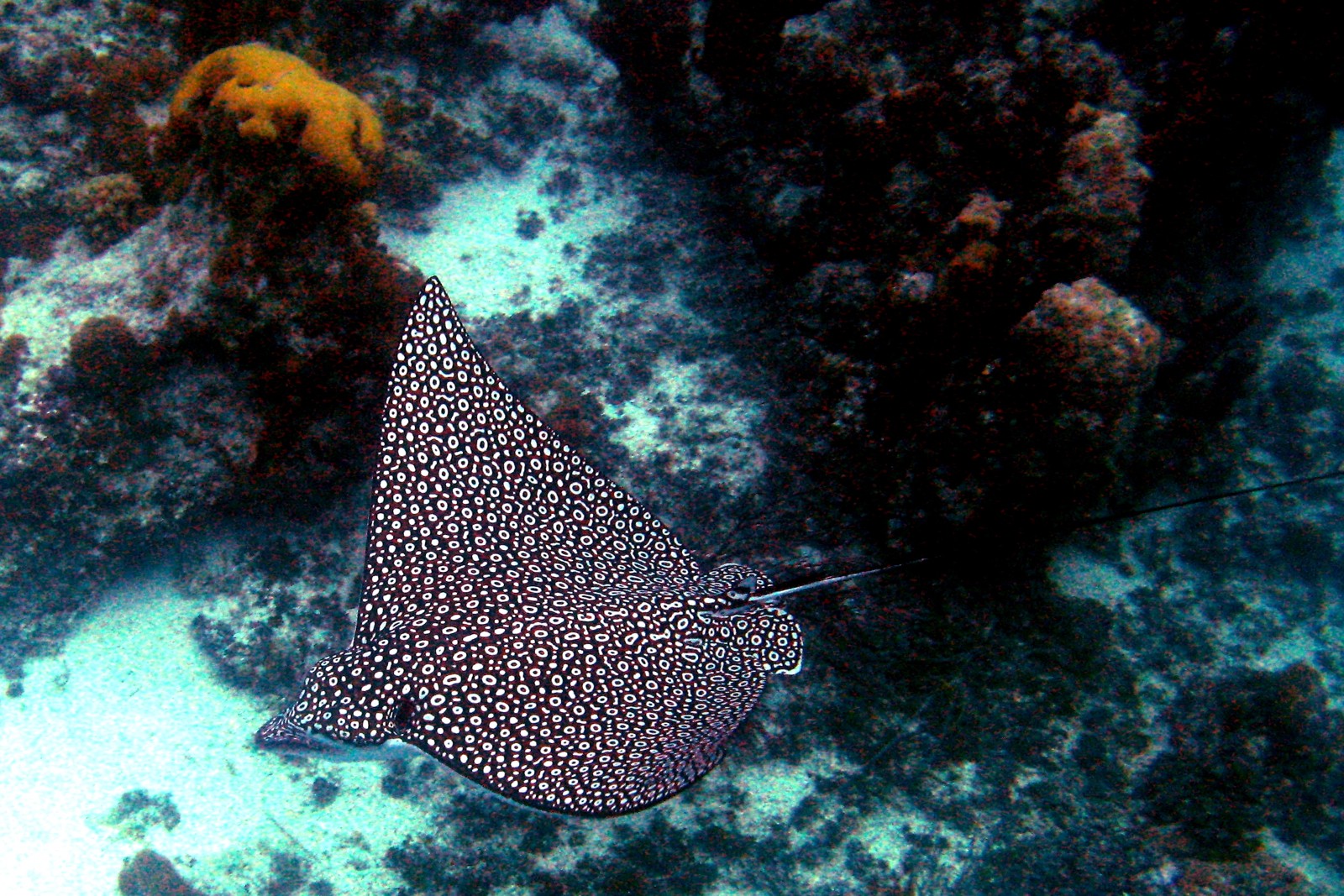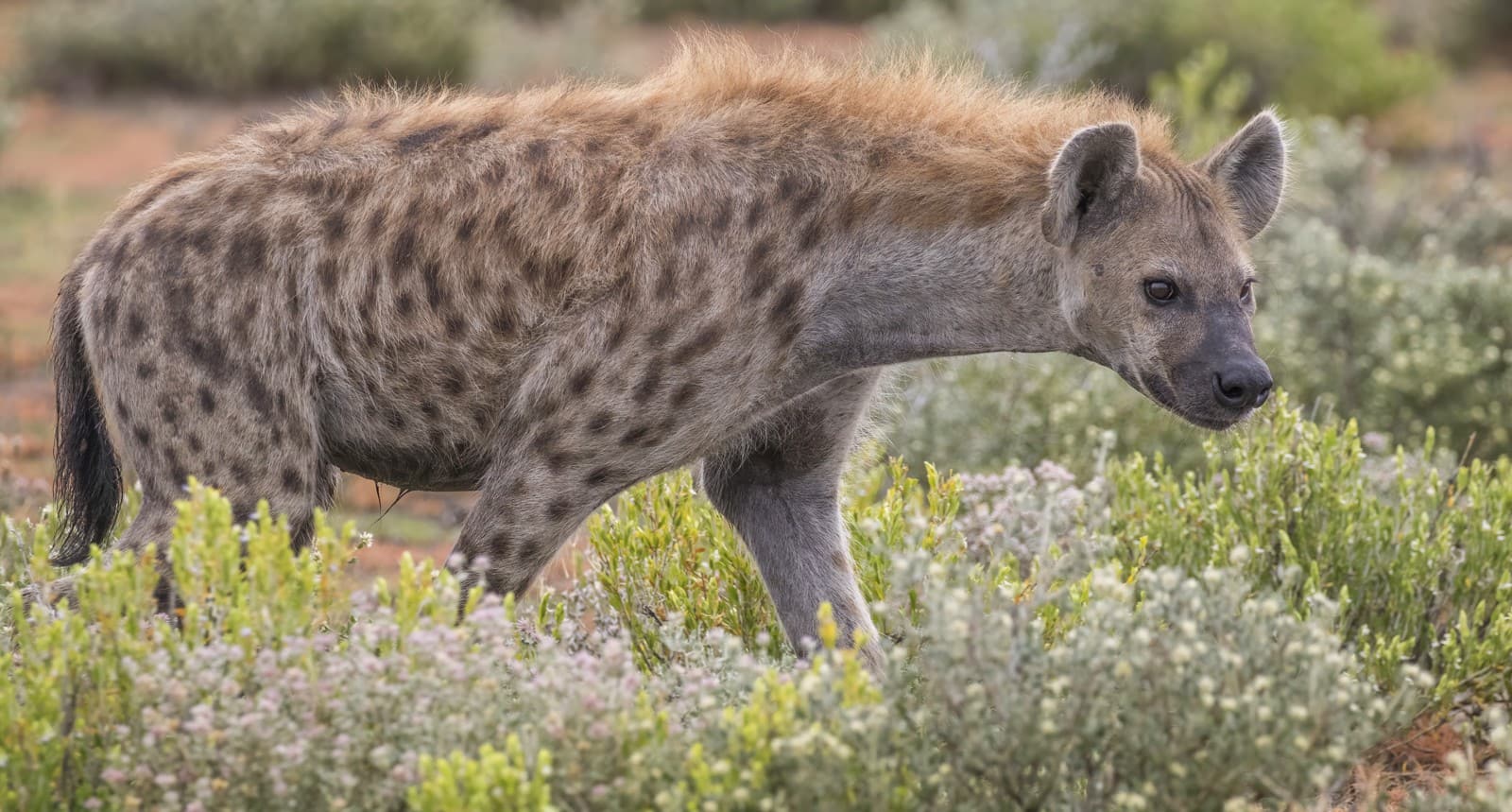Great White Pelican vs American White Pelican: A Complete Comparison
When comparing the Great White Pelican vs American White Pelican, several distinctive features set these magnificent water birds apart. The Great White Pelican (Pelecanus onocrotalus) typically weighs 20-33 pounds (9-15 kg), making it slightly heavier than its American cousin, which weighs 11-20 pounds (5-9 kg). Despite their similar appearance, these two species have evolved separately on different continents, developing unique adaptations and behaviors.
Both species showcase impressive wingspans, with the Great White Pelican reaching up to 11.5 feet (3.5 meters) and the American White Pelican spanning 9 feet (2.7 meters). These measurements place them among the largest flying birds in their respective ranges, though they employ different feeding strategies and inhabit distinct geographical regions.
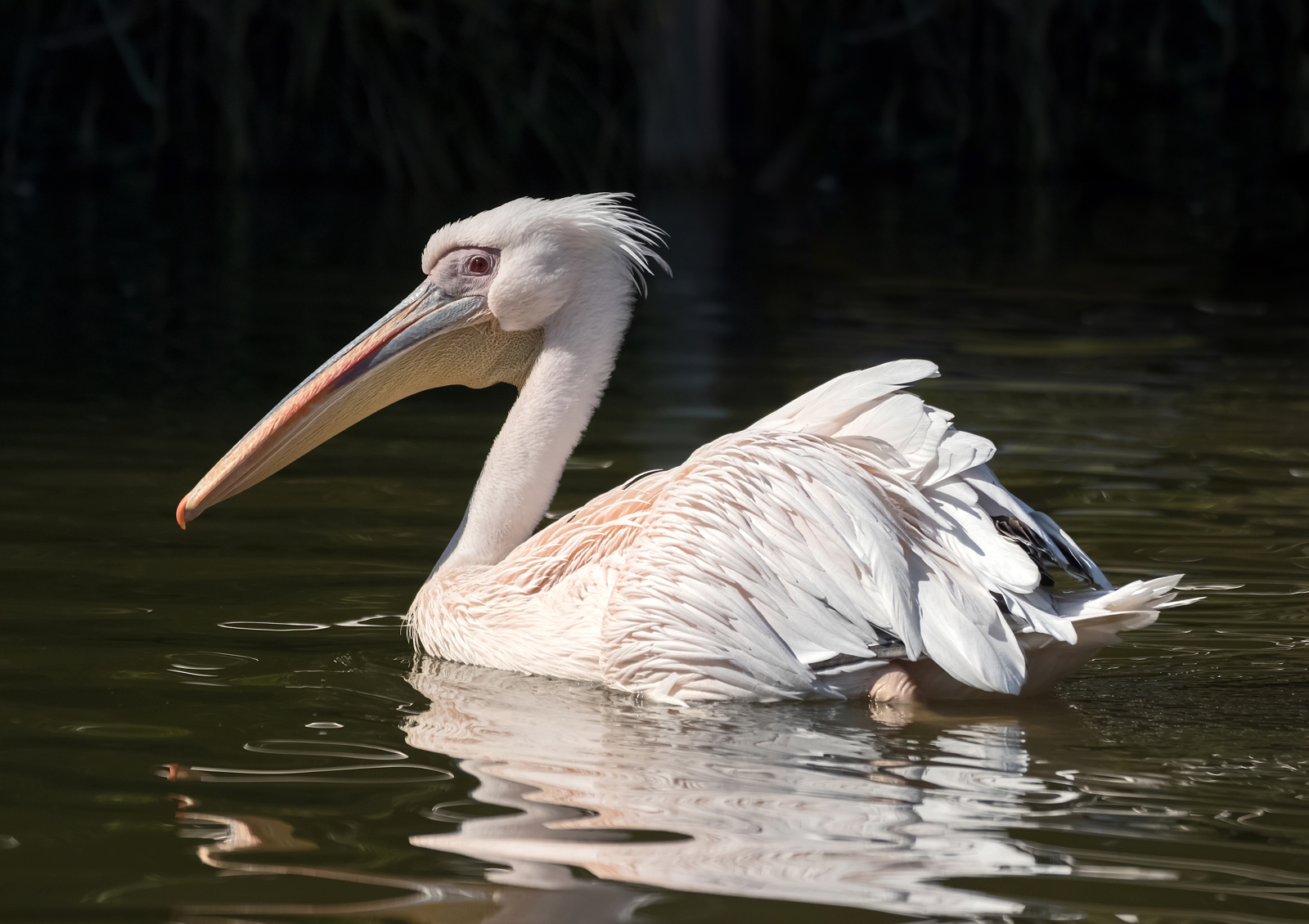
© H. Zell / CC BY-SA 3.0
The Great White Pelican exhibits distinctive pink-tinged plumage and a massive pink bill, setting it apart from other pelican species. This Old World pelican demonstrates remarkable cooperative fishing behavior, often forming large groups to herd fish into shallow waters.
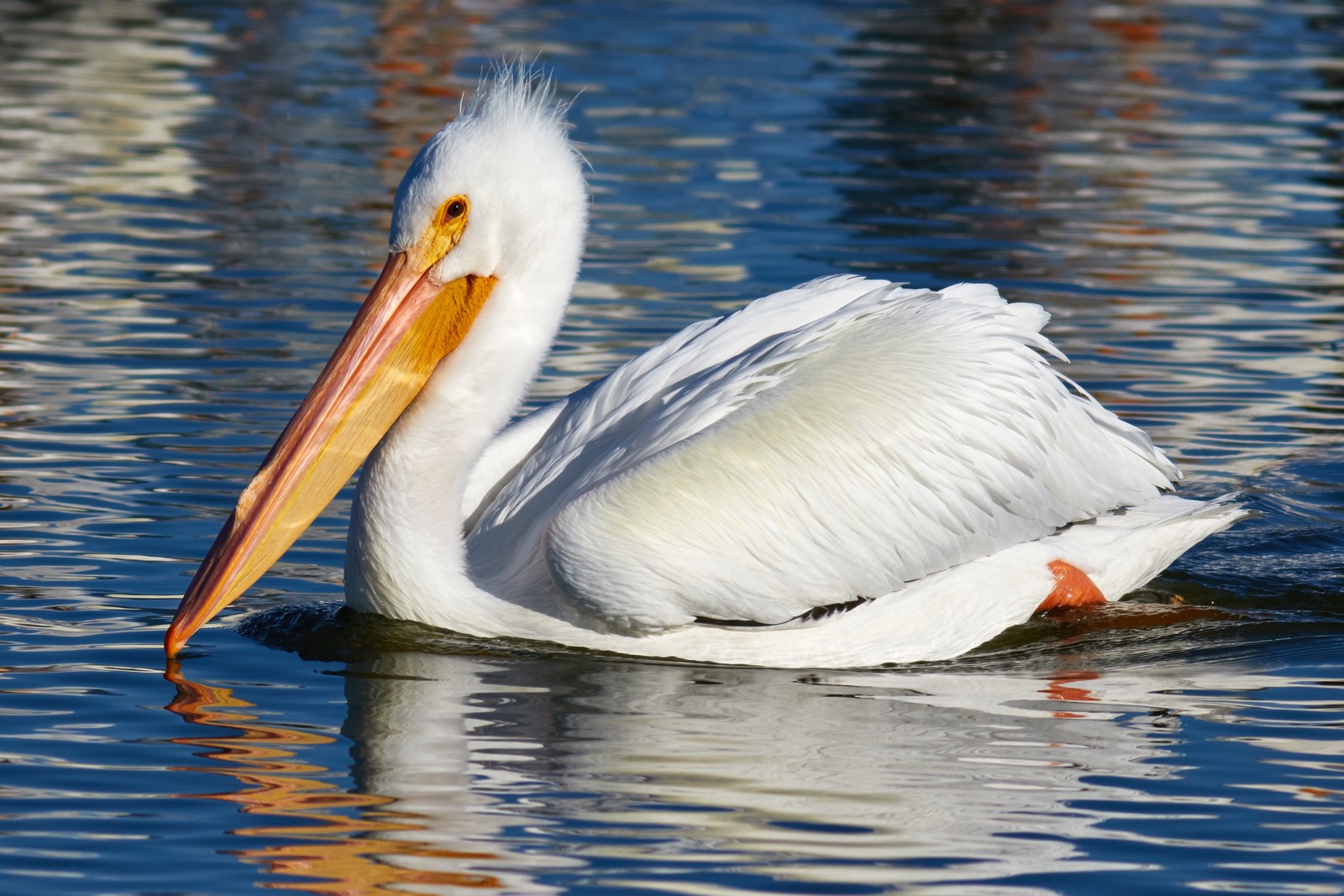
© Frank Schulenburg / CC BY-SA 4.0
The American White Pelican features bright orange-yellow bills and legs, contrasting with its snow-white plumage. During breeding season, these birds develop a distinctive horn on their upper mandible, a unique characteristic not found in their European counterpart.
Key Differences Between Great White and American White Pelicans
| Feature | Great White Pelican | American White Pelican |
|---|---|---|
| Size | Length: 5-6 ft (1.5-1.8 m) | Length: 4.2-5.4 ft (1.3-1.6 m) |
| Weight | 20-33 lbs (9-15 kg) | 11-20 lbs (5-9 kg) |
| Bill Color | Pink with yellow pouch | Orange-yellow with expandable pouch |
| Distribution | Africa, Asia, Europe | North and Central America |
| Feeding Strategy | Cooperative group fishing | Synchronized swimming and scooping |
| Breeding Feature | No seasonal bill horn | Develops temporary breeding horn |
Habitat and Distribution
The Great White Pelican inhabits shallow freshwater lakes, deltas, and estuaries across Africa, Asia, and southeastern Europe. These birds prefer warm climates and can be found from the Mediterranean to Vietnam, with significant populations in eastern Africa.
American White Pelicans, conversely, breed in inland North America and winter along the southern coasts of the United States and Central America. They show a strong preference for shallow inland lakes during breeding season, moving to coastal areas during winter months.
Feeding Behavior and Diet
Great White Pelicans are known for their cooperative fishing technique, where groups form semicircles to drive fish into shallower waters. They can consume up to 4 pounds (1.8 kg) of fish daily, primarily targeting species like carp and cichlids.
American White Pelicans employ a different strategy, often fishing in coordinated pairs or small groups. Unlike their diving cousins, they scoop fish from the water’s surface, working together to herd fish into shallow areas. Their diet consists mainly of fish, crayfish, and salamanders.
Conservation Status and Threats
Both species face similar conservation challenges, including:
- Habitat loss due to wetland drainage
- Human disturbance at breeding colonies
- Water pollution affecting fish populations
- Climate change impacts on breeding grounds
The global population of Great White Pelicans is estimated at 265,000-295,000 individuals, while American White Pelicans number approximately 180,000 breeding birds. Both species are currently listed as Least Concern by the IUCN, though local populations face varying degrees of pressure.
Breeding and Reproduction
Great White Pelicans nest in large colonies, often containing thousands of pairs. They typically lay 2-3 eggs in ground nests, with both parents sharing incubation duties over 29-36 days.
American White Pelicans also breed colonially but prefer more remote locations on islands or peninsulas. They lay 2 eggs per clutch, with an incubation period of about 30 days. Their distinctive breeding horn, absent in Great White Pelicans, falls off after the breeding season ends.
